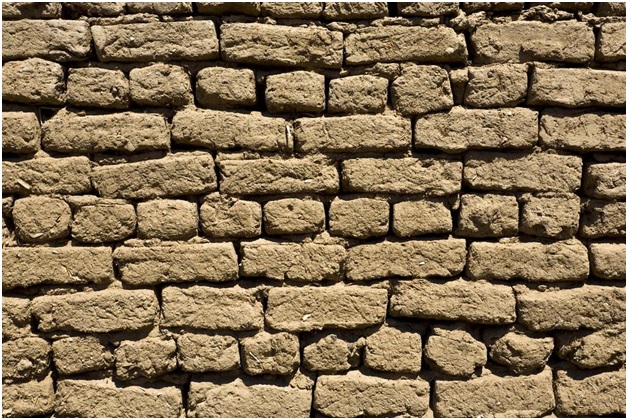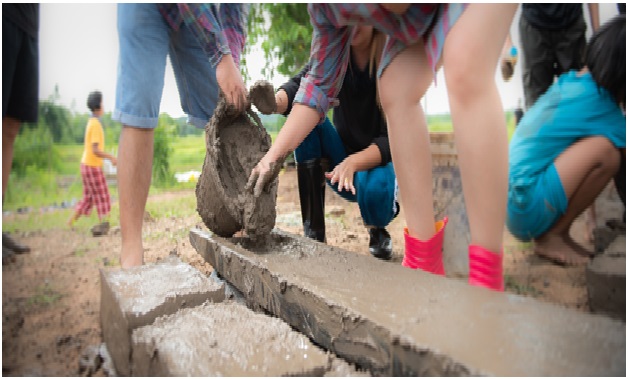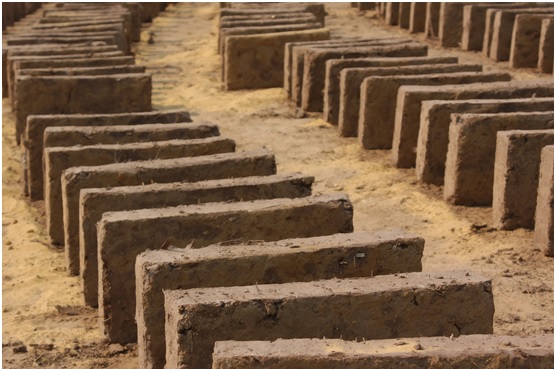If you’re looking to create an outside living space, you might want to consider the use of Alfresco Concrete Paths and Patio Concrete Driveways. Both products are created with natural stone and are designed to withstand heavy usage. They’re also environmentally friendly, which is great if you’re trying to conserve on construction costs. If you decide to use these exterior concrete creations, you’ll likely wonder how to take care of them so that they remain in peak condition for years to come.
Like most types of natural stones, mud can only be used once and will eventually become stained or damaged. The life of mud bricks is quite limited. Because of their porous structure, mud floors often have low structural integrity compared to other natural stone products. Mud brick’s porosity is also much lower, which means that it takes more frequent maintenance, which is at least twice a week.
With proper care, mud bricks can last up to three decades. To protect your creation from moisture and staining, you should place them in an area that’s free from excessive heat and water. Don’t let them get too cold either, because this could cause cracking. It’s also important that you keep your mud flooring clean so that you don’t have to go through the hassle of cleaning them yourself.
There are many other types of exterior concrete paths, such as Concrete Driveways and Patio Concrete Paths. These creations are quite popular and can be found all over the world. However, there are several factors that you need to take into consideration before deciding on which of these you’d like to use on your property. Most homeowners agree that concrete tiles are definitely the most durable option for outdoor living space.
The fact is that mud tiles are quite durable and they will last up to three decades, depending on how you maintain them. If you want to increase the life of your mud tiles, then you’ll have to invest in sealing them. This will increase their durability and help them stay looking new. When sealing your tiles, it’s best to use a silicone-based product so that they can be properly protected. Sealants come in liquid or paste forms and they’re very easy to apply.
Keep in mind that most tiles have a limited lifespan. It’s not uncommon for a mud-brick to last between fifteen and twenty years, while most tiles produced from other materials will be able to last around fifty years. However, if you want to invest in a property that’s going to be useful for generations, then you may want to consider investing in a set of tiles that are a bit more durable. In the end, your investment will be well worth it. As long as you take care of your tiles, there’s no reason why they won’t last for many years.




